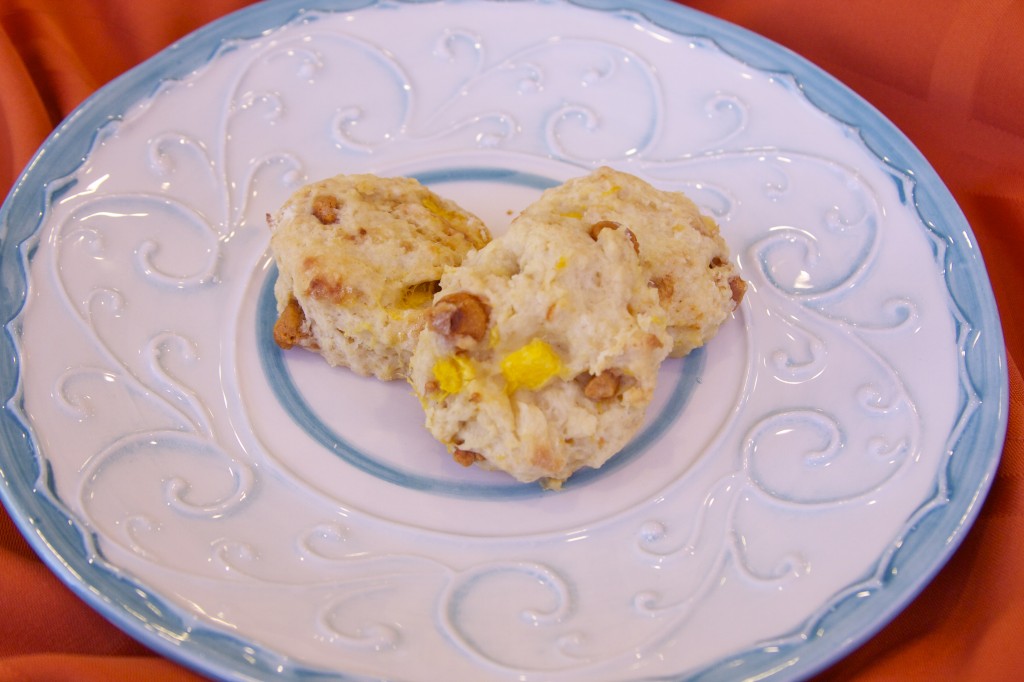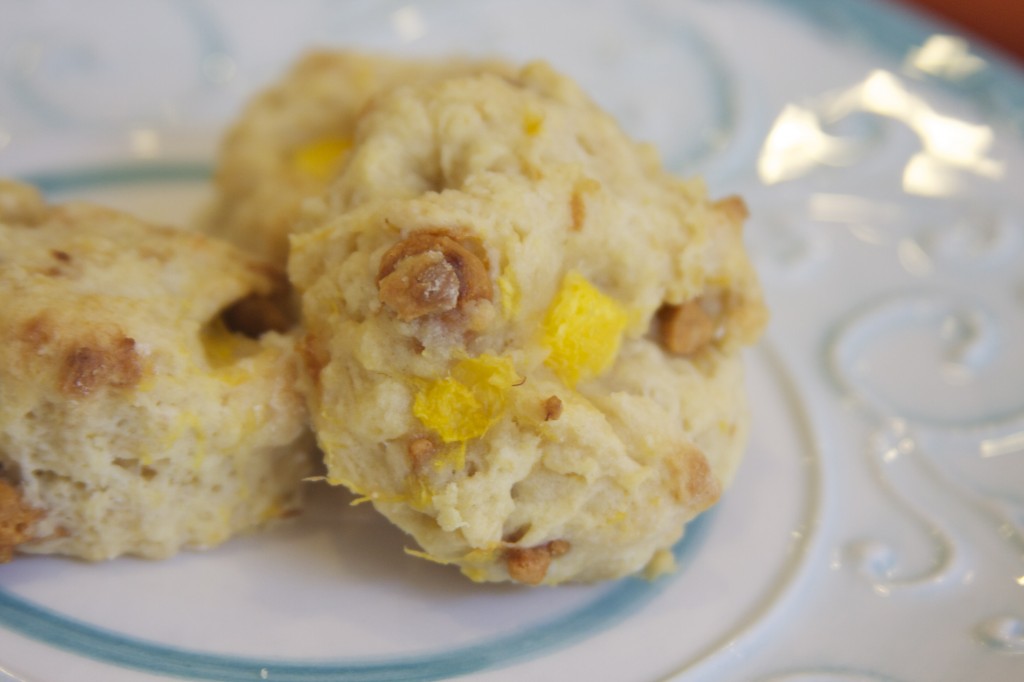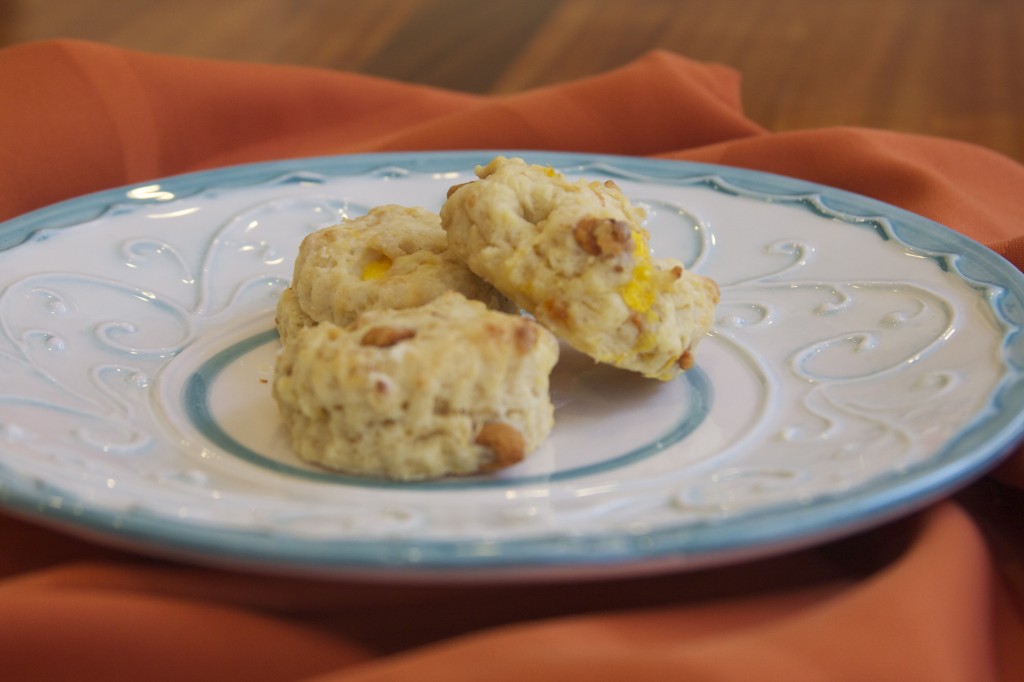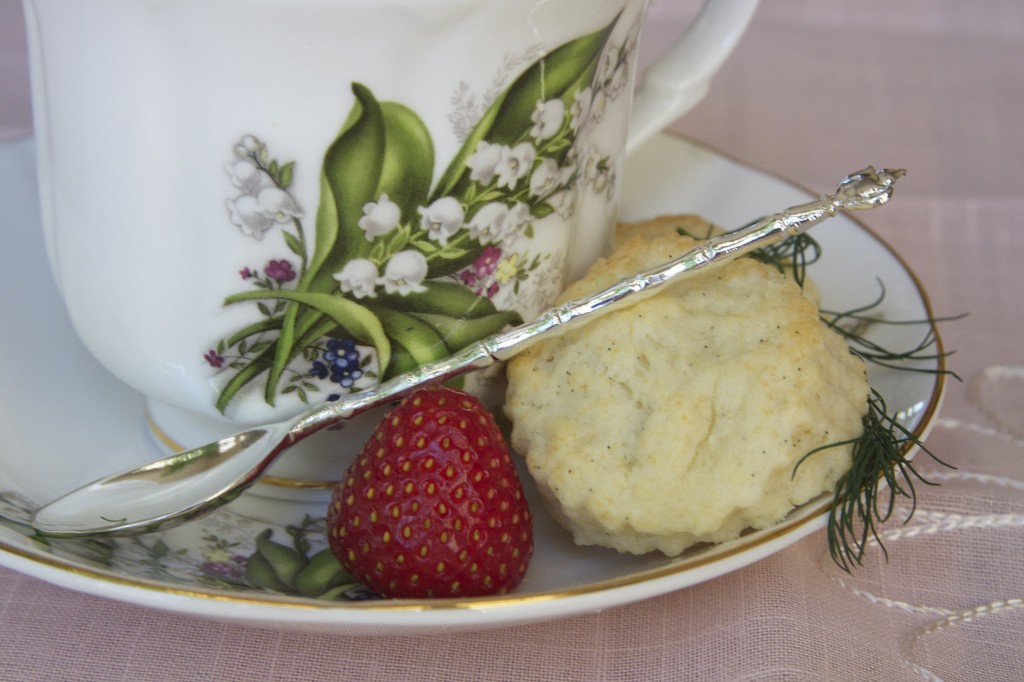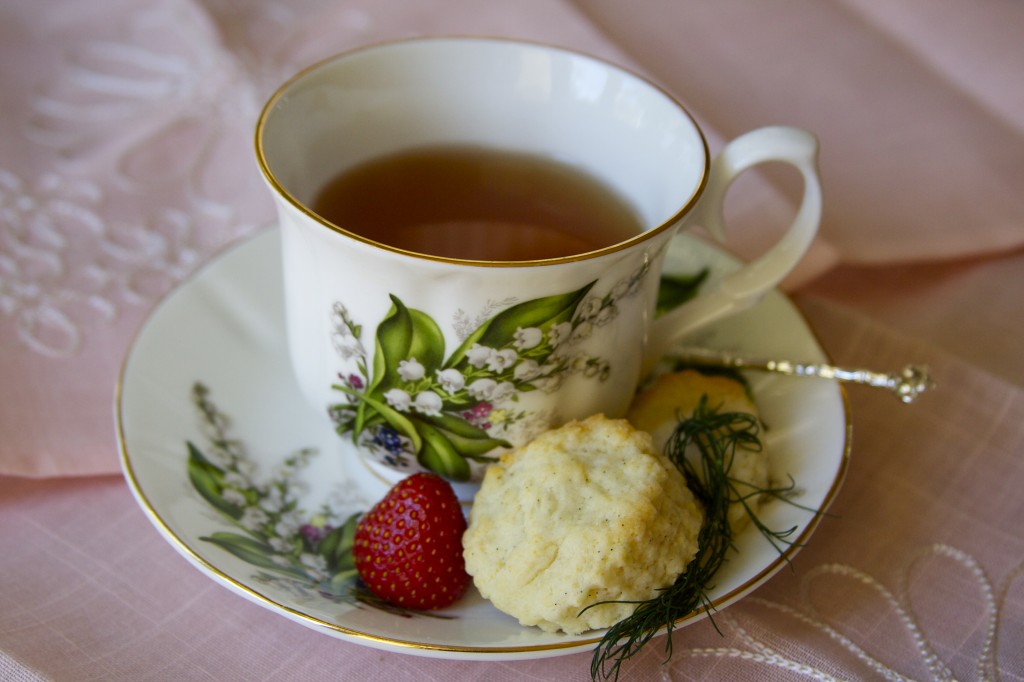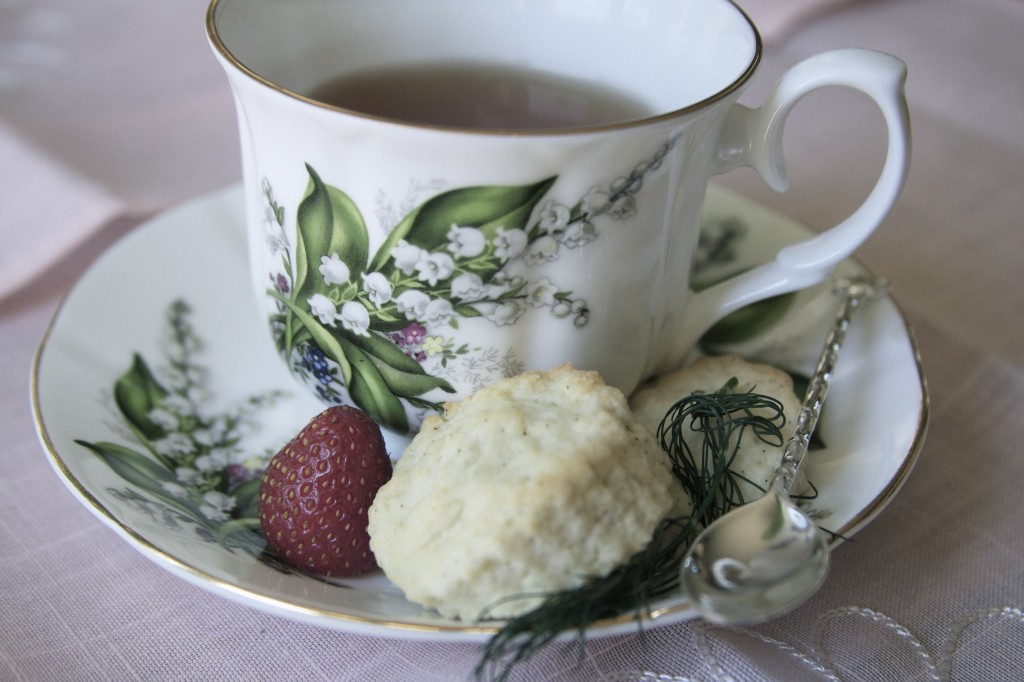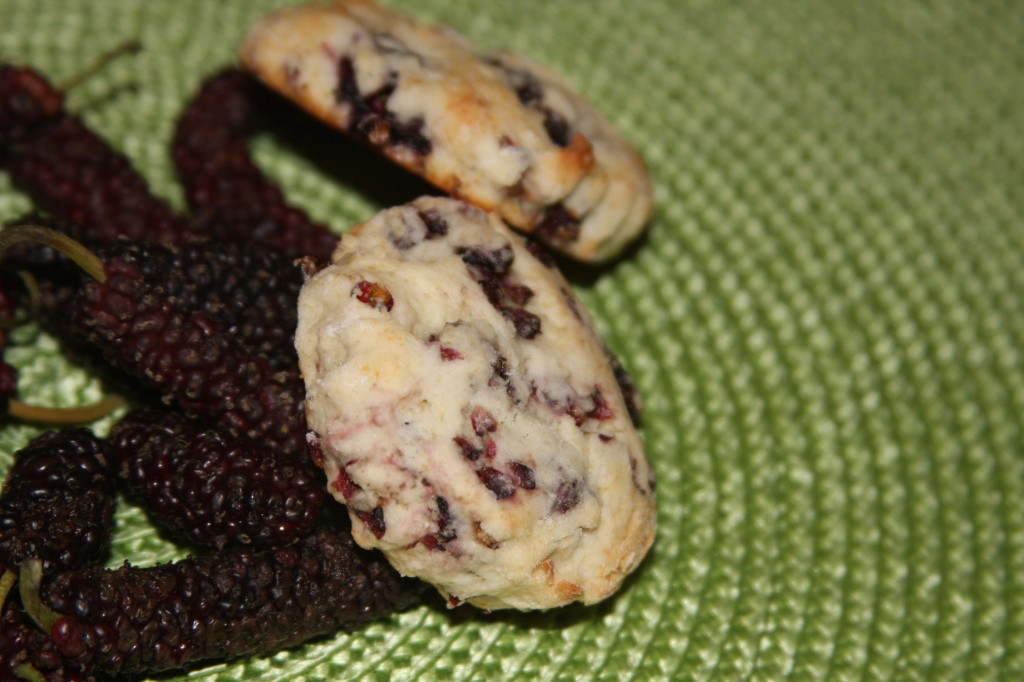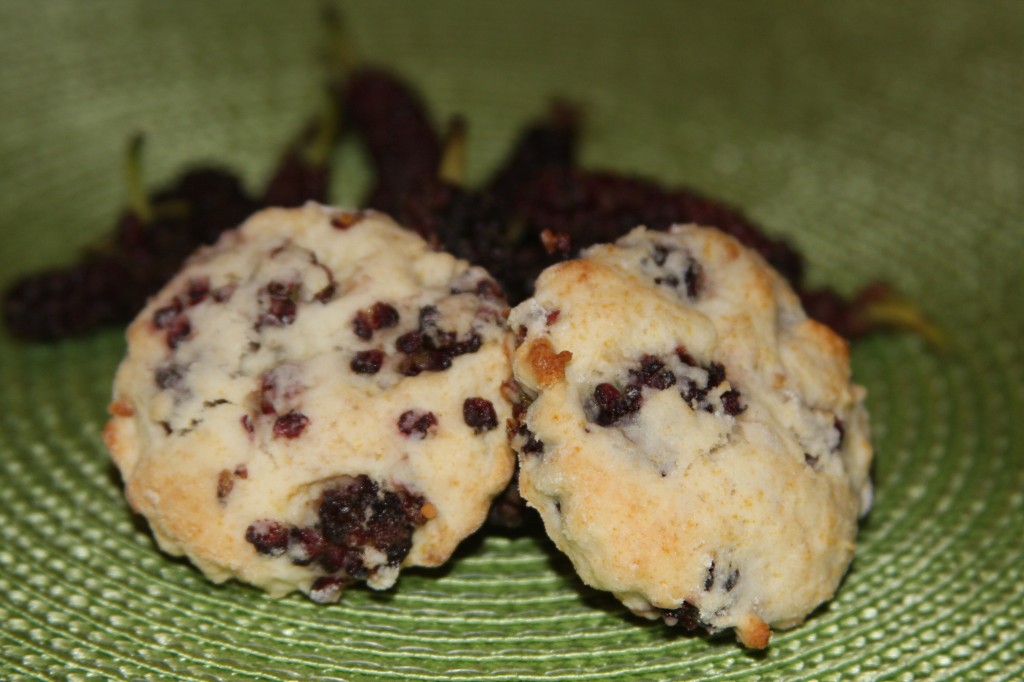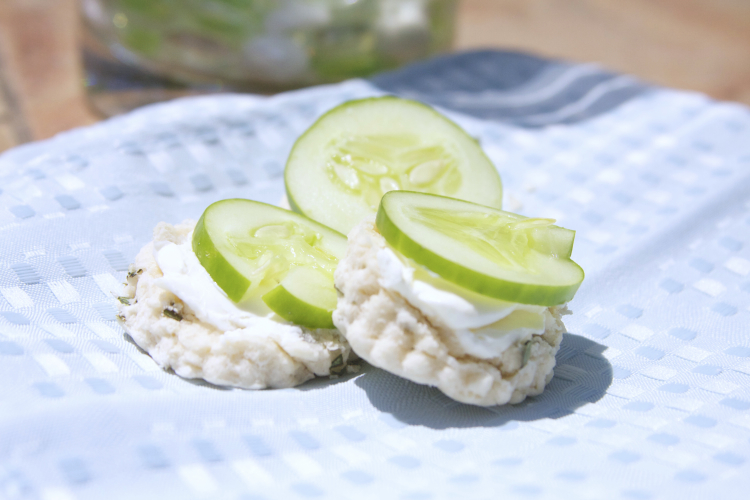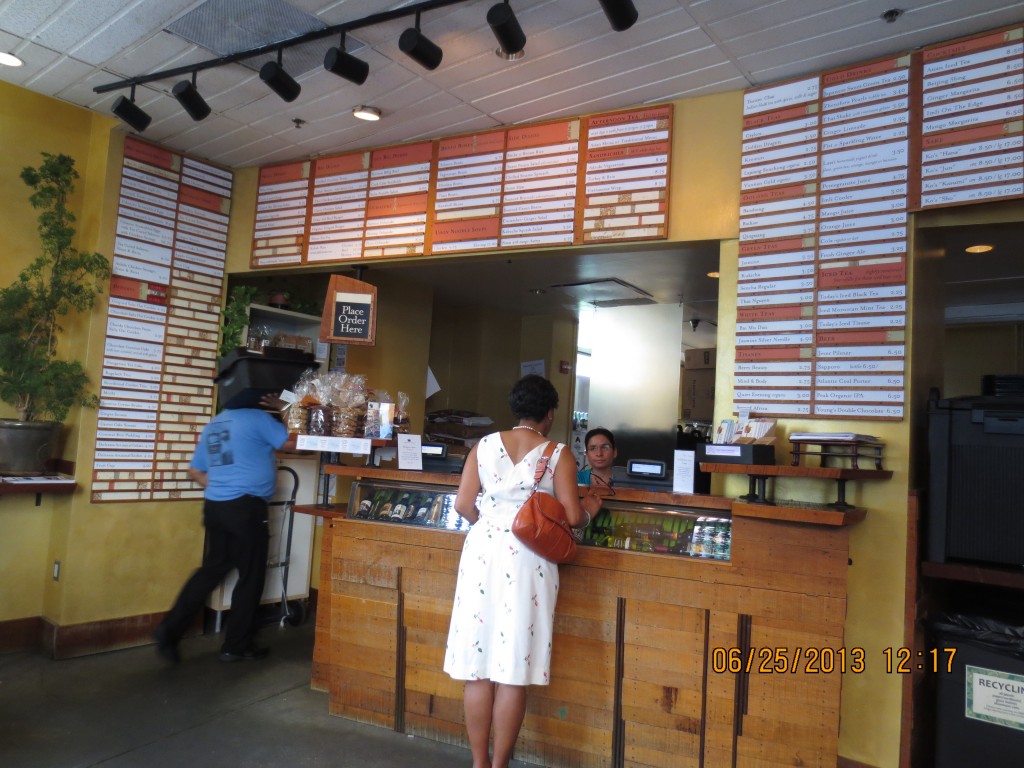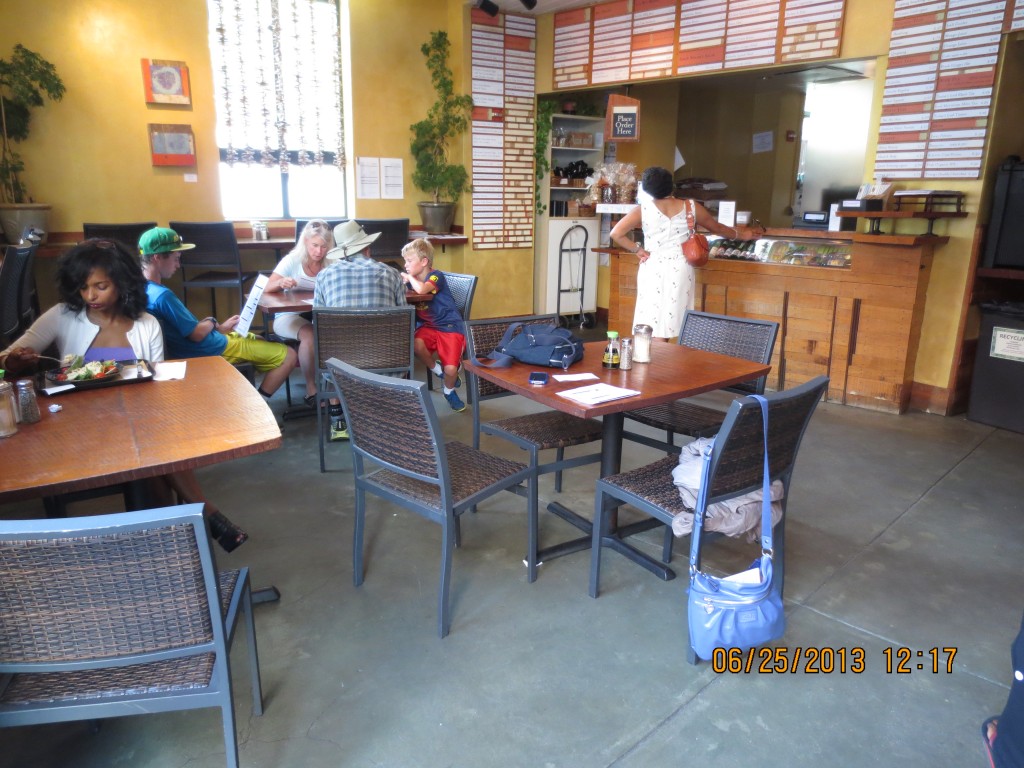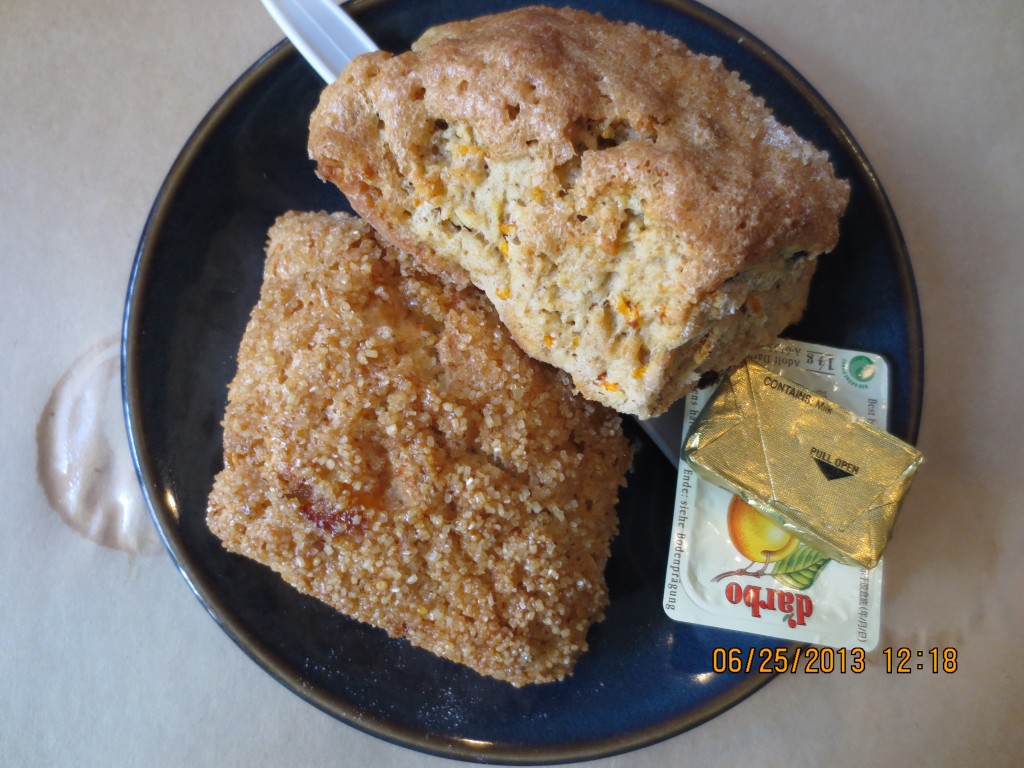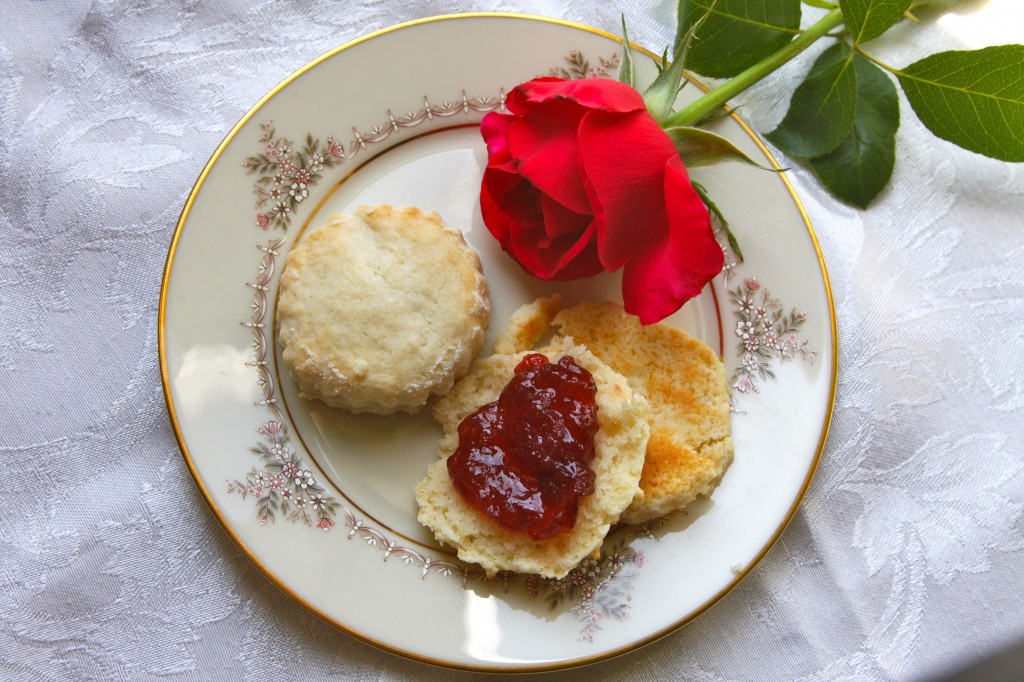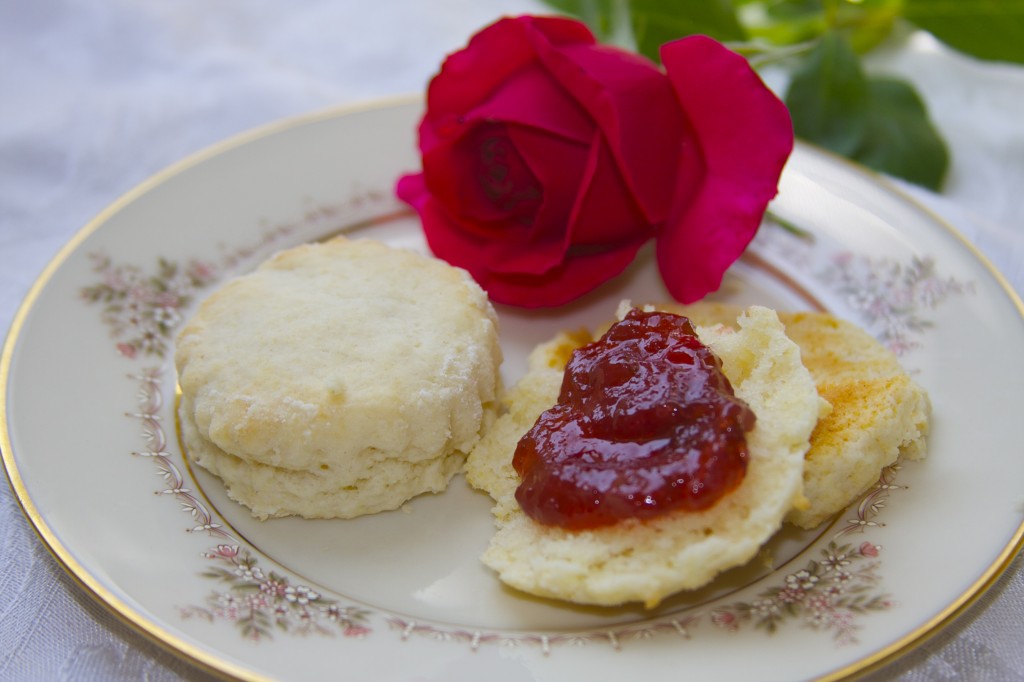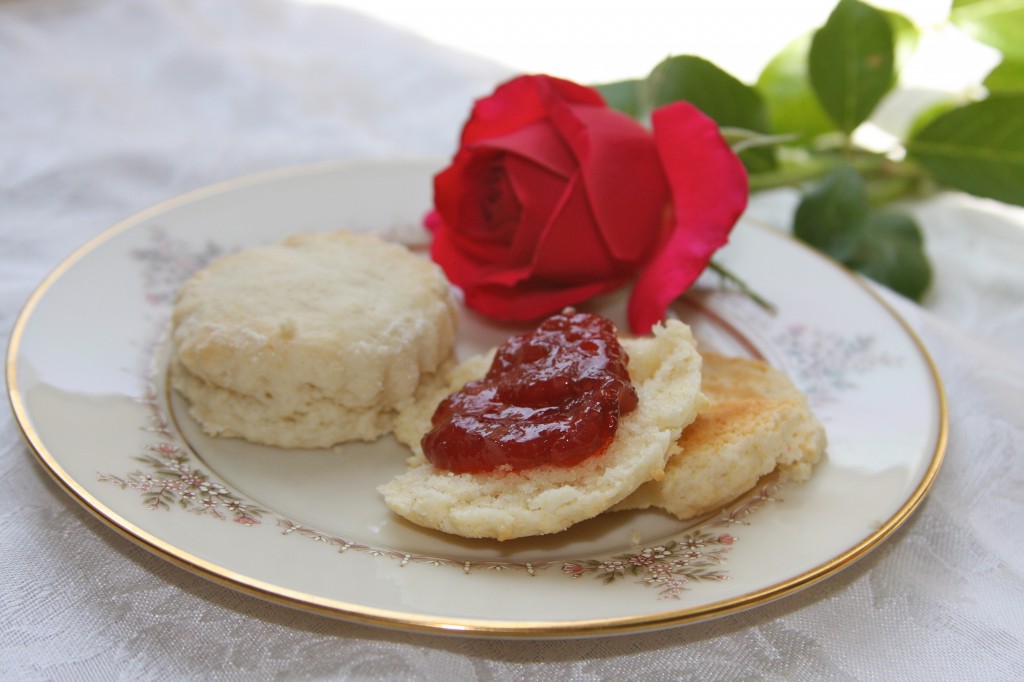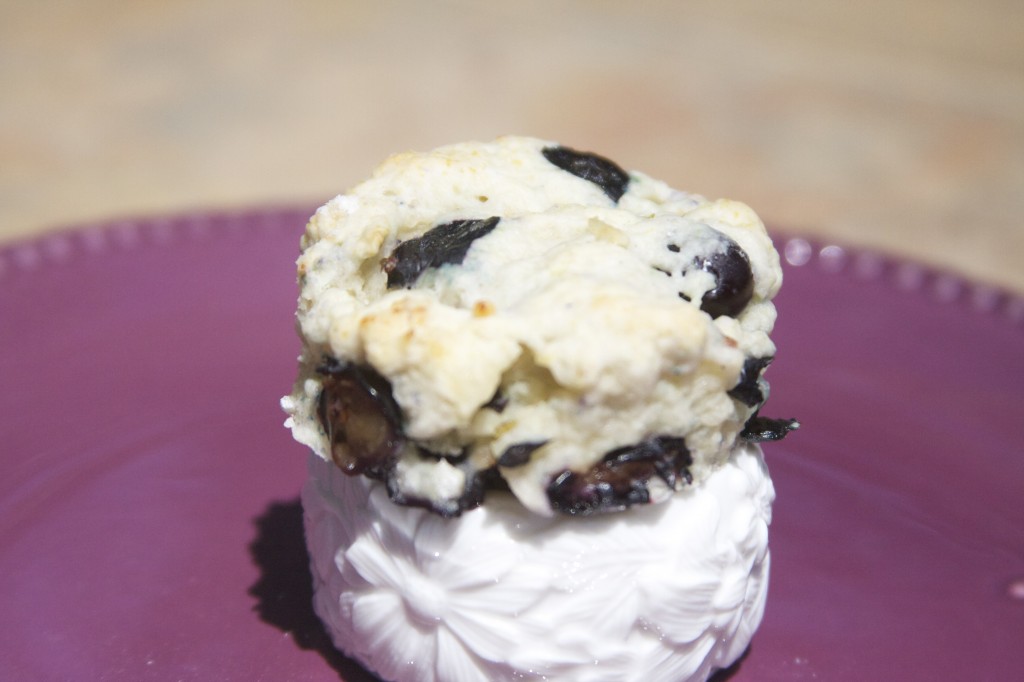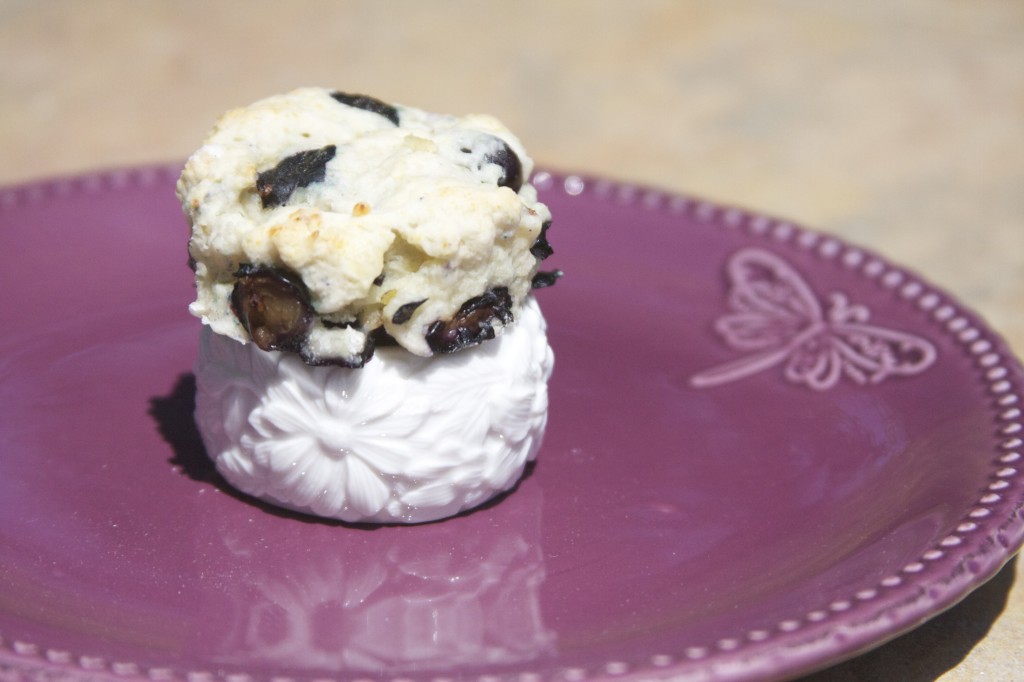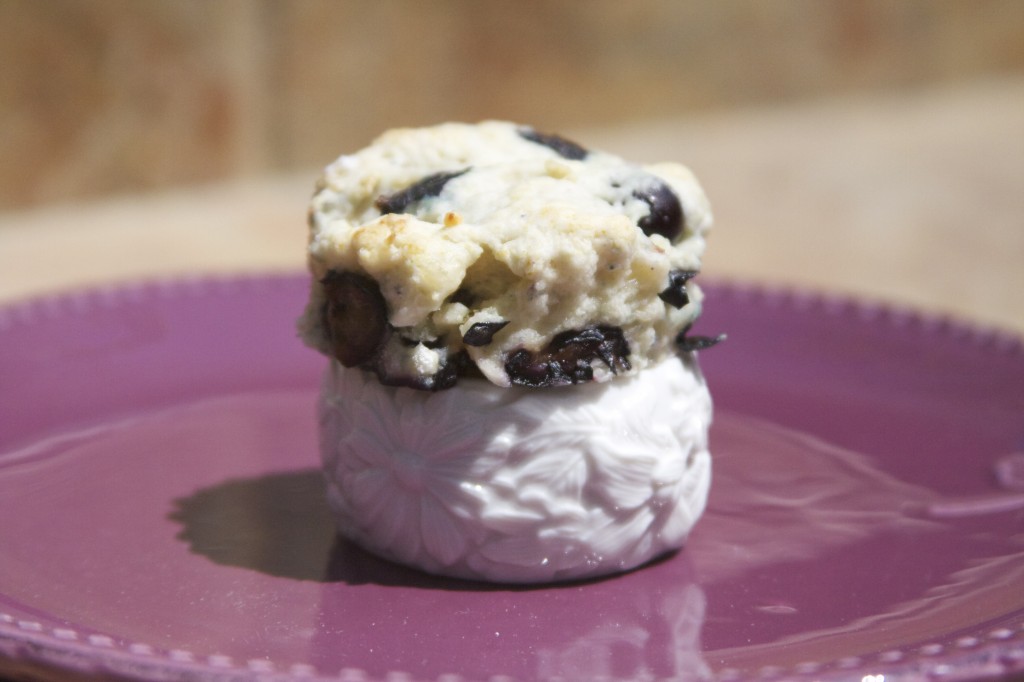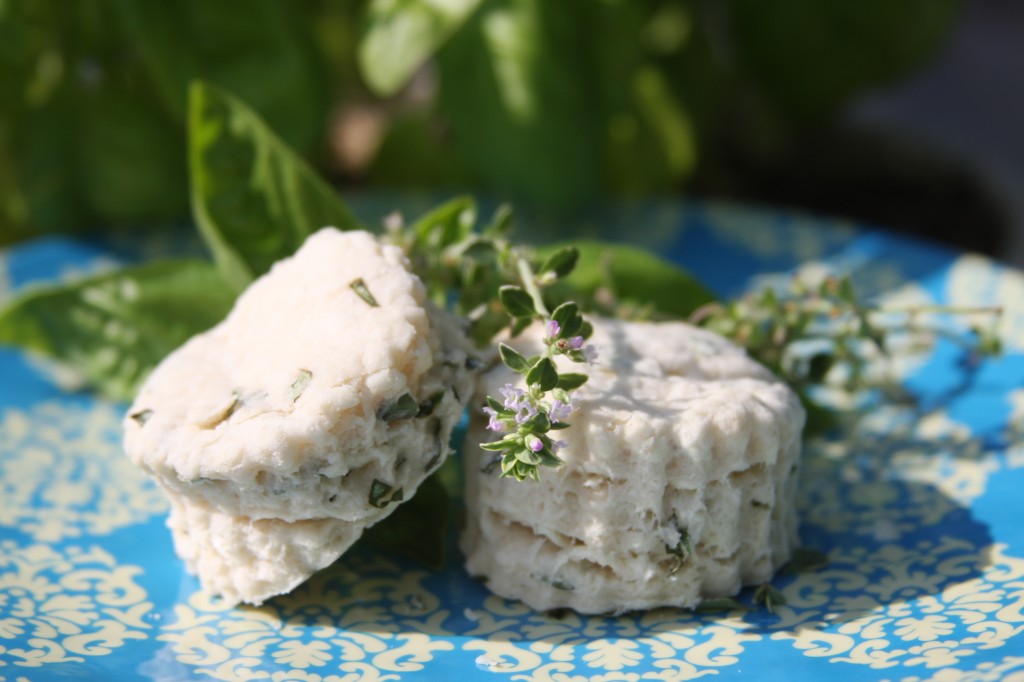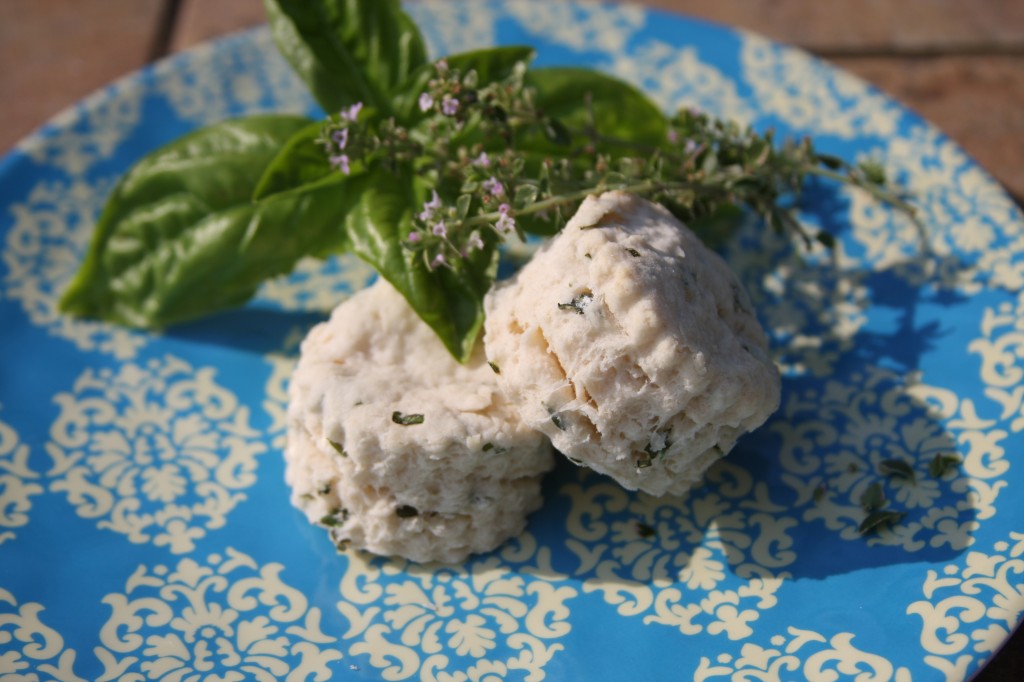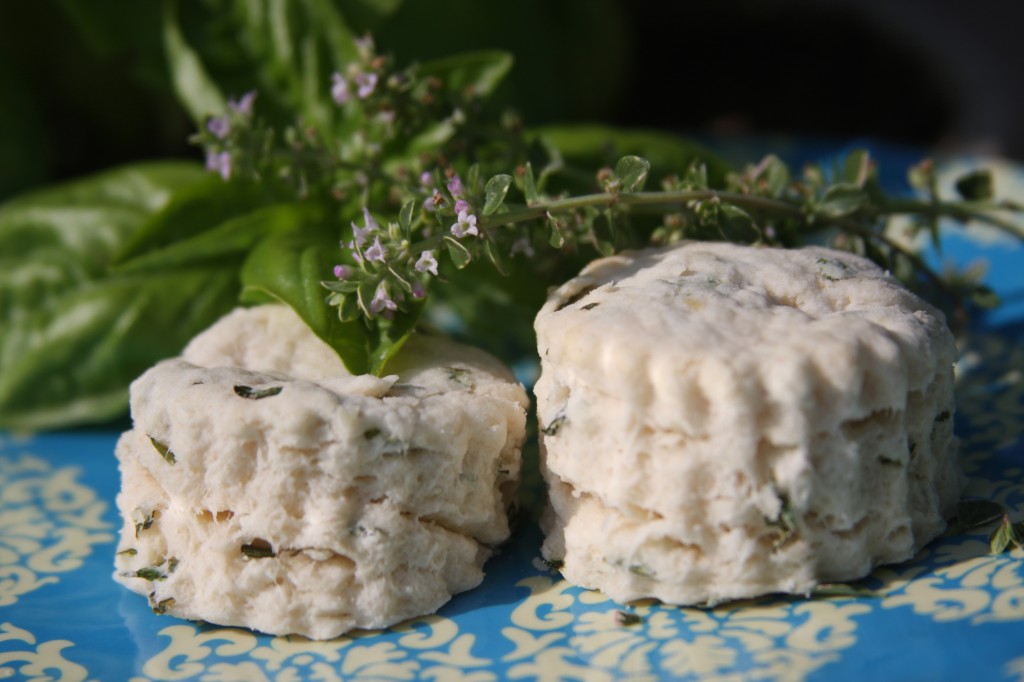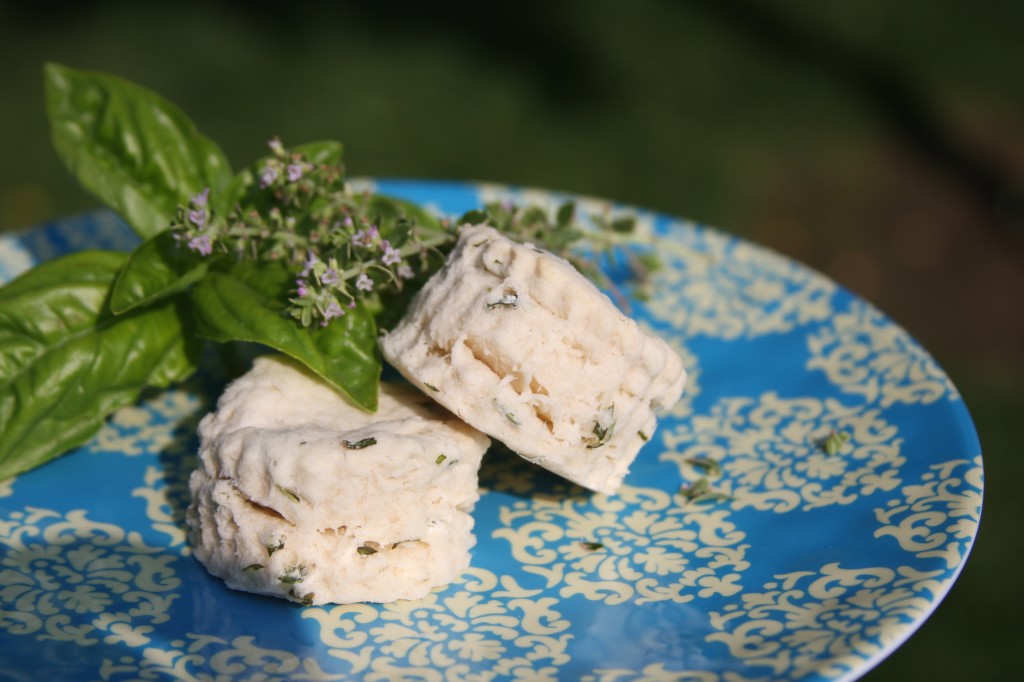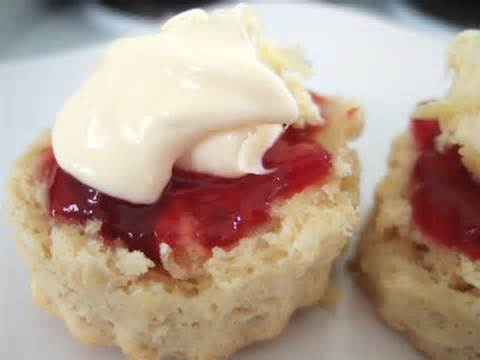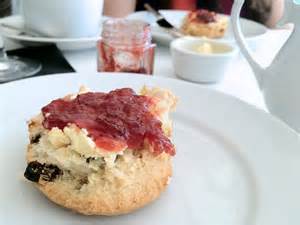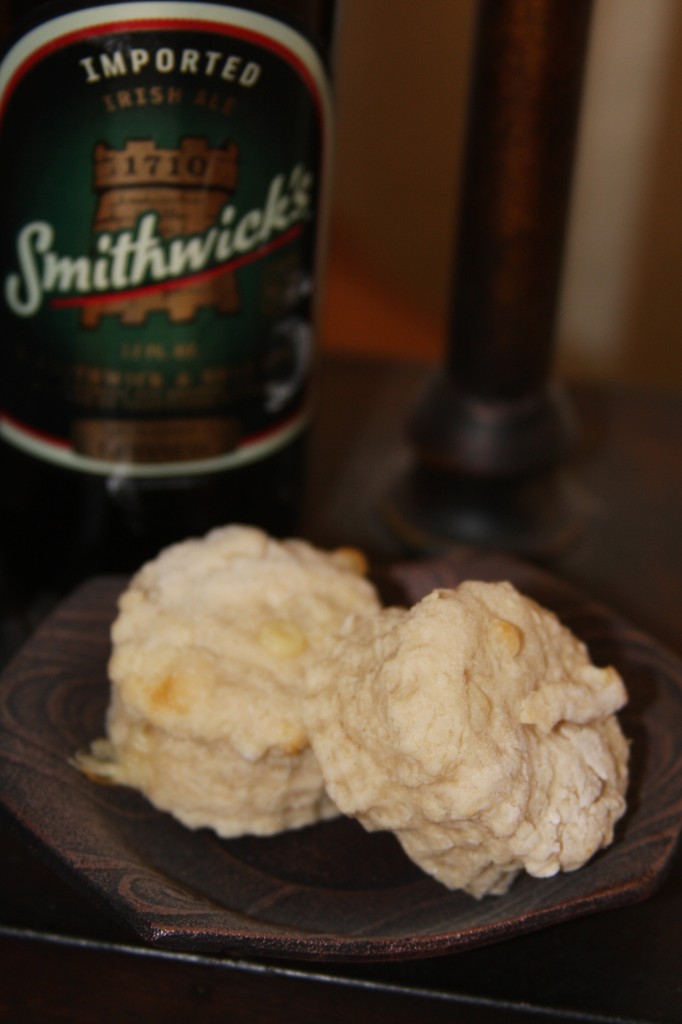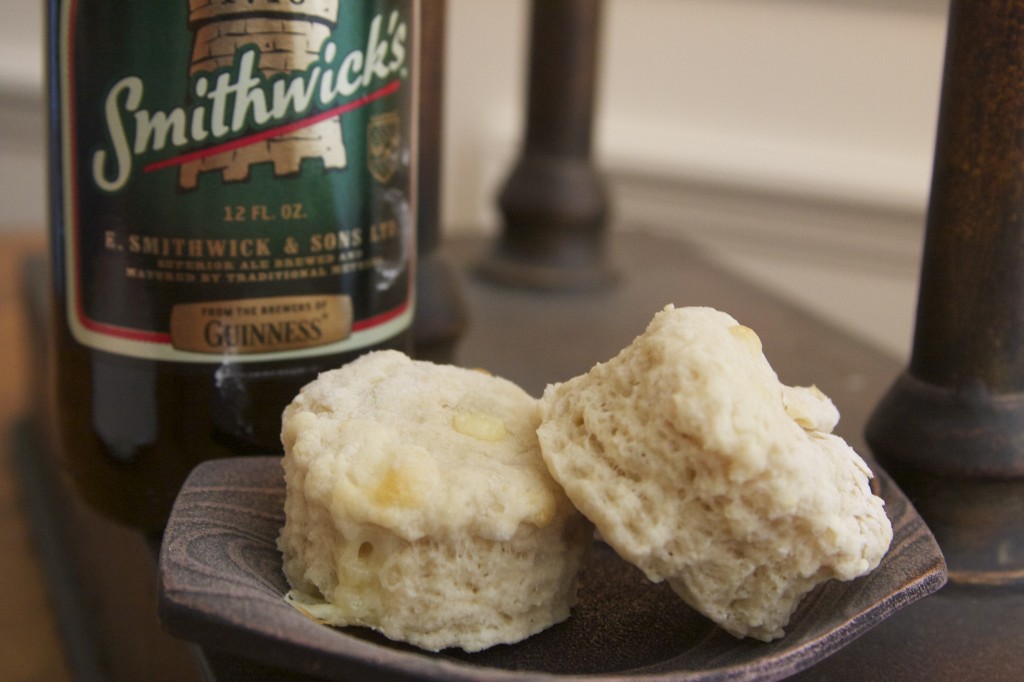What happens when you get a bumper crop of peaches at your parents’ house? Why you make a bunch of scones with them! Wasn’t that an obvious answer?
My dad went through a phase where he put a bunch of fruit trees in our backyard. So now every summer we end up with two weeks of picking over a hundred peaches and they usually go bad before they can all be consumed. And they are teeny little things too. But teeny usually corresponds with cute, and cute things are great things.
Many of my scone recipes start with a single convenient ingredient–like the English cheddar or mulberries–and grow from there into combinations of flavors. With so many peaches sitting on the counter, my next convenient starting ingredient was chosen for me. Four day and a lot of scone batches later, I had three new peach scone recipes all ready for you.
Now you can always just take a basic cream scone recipe or a vanilla scone recipe (vanilla works with pretty much every single fruit) and just add chunks of fresh peaches and reduce the liquid by a few tablespoons. Doing this will yield a perfectly fine peach scone. However, I am having a blast lately creating fun pairings that others may not think of right away, so while Mom did make a batch of my cream scones and added peaches directly to it, when I got involved we went a little crazier.
Originally I wanted to make Peach and Caramel Scones, but I couldn’t find caramel bits so we adapted to Peach and Butterscotch Scones instead. The two flavors work just as well together as peach and caramel would have, but I still want to try the original idea (that may have to wait until next year’s peach crop). Until then, these are a delightfully sweet treat to hold you over. I know kids will love this scone because it is a very sugar one. Kids love butterscotch. Most adults love butterscotch too I discovered as the butterscotch scones at my job sell out before the lunch rush every time. Usually I think butterscotch is too sweet, but the peaches are a bit tart so they cut the sweetness a bit. Adding clotted cream also helps temper the jaw aching sweetness, oddly enough.
The best bites are definitely those with pieces of both peach and butterscotch, and like I said the clotted cream helps mellow the butterscotch. This is a very wet dough due to the fresh peaches, so use a heavily floured surface when patting it out. Also, probably because it is so wet, these won’t rise all that much meaning that your best indication of doneness is going to be the browning on the top.
Already on the hunt for caramel bits for next year!
Peach and Butterscotch Scones
Ingredients
- 2 1/2 cups all-purpose flour
- 1/2 cup packed light brown sugar
- 2 tsp baking powder
- 1/2 tsp salt
- 1/2 cup cold unsalted butter, cubed or grated
- 3 ounces cream cheese, softened
- 1 cup chopped fresh peaches
- 1/2 cup butterscotch chips (if you aren’t as much of a sweets person, reduce to 1/4-1/3 cup)
- 2 tbsp heavy whipping cream
- 1 tsp vanilla extract
Top with clotted cream and peach jam for some extra peachy keen fun!

